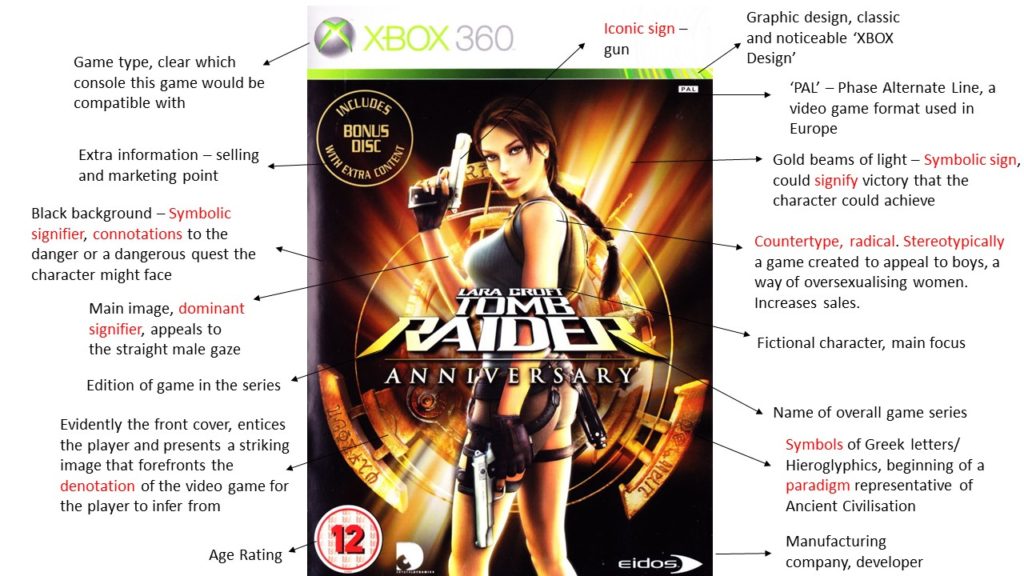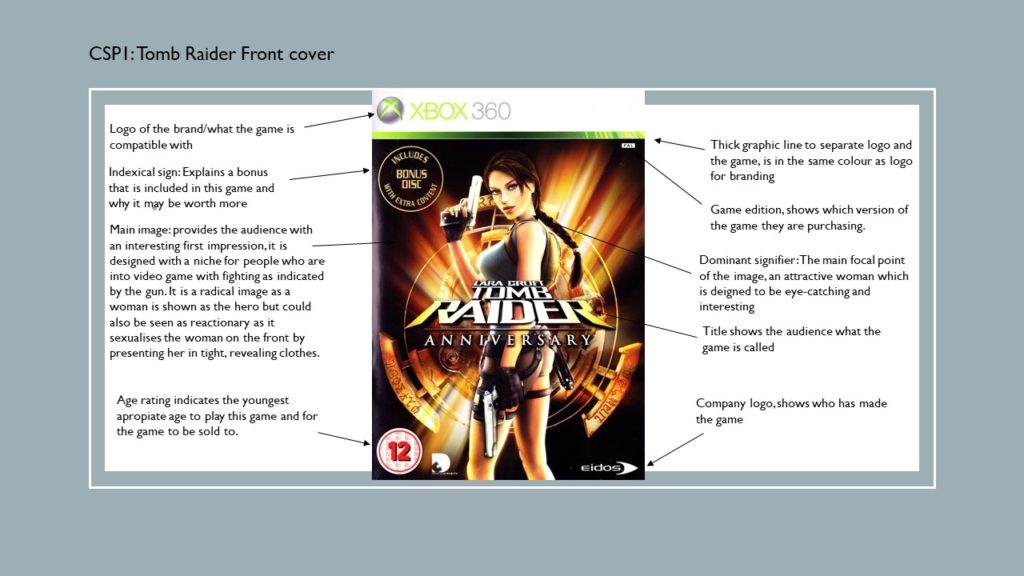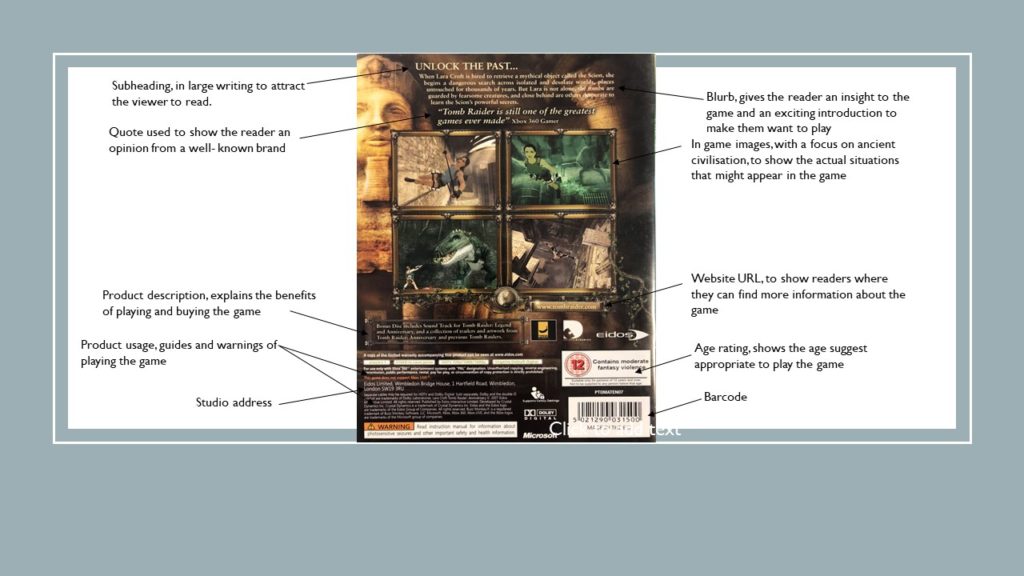CS PIERCE
Icon: A sign which looks like a symbol
Index: A sign that has a link to its objects
Symbol: A sign that is more random look to its objects (colour, shape)
RONALD BARTHES:
Myth: how words and images are systematically used to communicate cultural and political meaning
Radical: something that challenges dominant ideas
Ideology: System of ideas which form basis of economic or political theory or policy
Reactionary: something that confirms dominant ideas
Signification: Structural levels of signification, representation or a specific meaning
paradigm: a typical example or pattern of something
syntagma: an orderly combination of interacting signifiers which forms a meaning of words
Denotation: The most basic or literal meaning of a sign
connotation: Secondary meaning cultural meaning of signs or signifying signs, signs that are used for a secondary meaning.
Semiotics:
code: symbolic tools that are used to create meaning
Convention: A way that something is done
Dominant signifier: any material that signifies words on a page or facial expressions
Anchorage: Words that go with an image that provides content and information.
Sign: Something that could stand for something else (words, drawings or photographs)
Ferdinand De Saussure:
Signified: The idea being evoked by signifier.
Signifier: Stands in for something else





